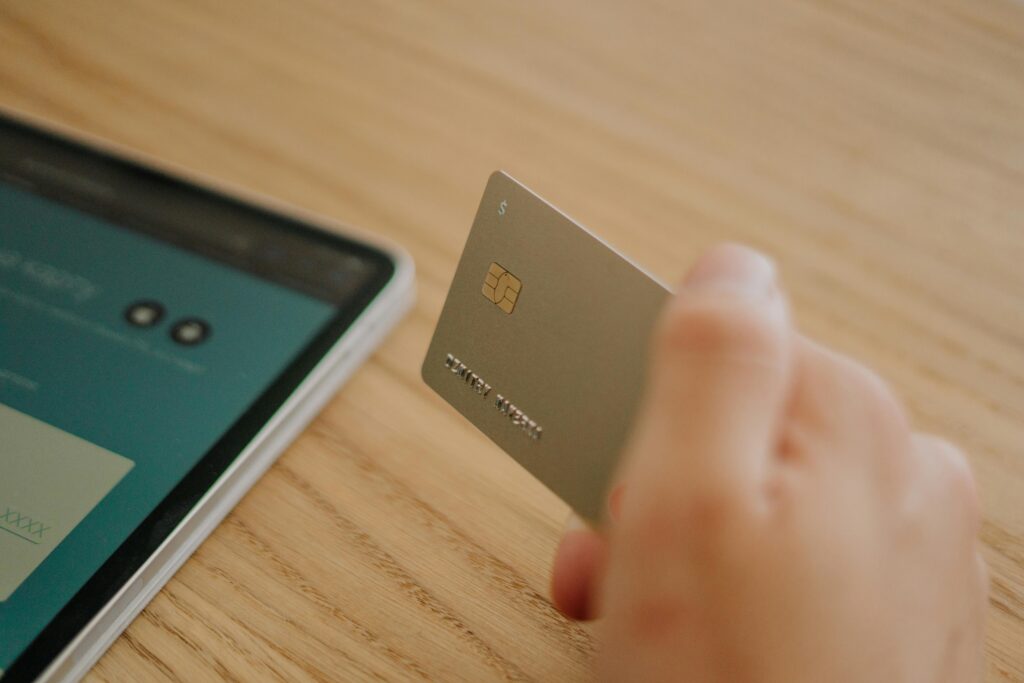How to Build Your EIN Credit: A Comprehensive Guide
Are you a business owner looking to establish and improve your EIN (Employer Identification Number) credit? Building EIN credit is crucial for securing financing, obtaining favorable loan terms, and establishing your business’s financial credibility. In this comprehensive guide, we will explore the steps you need to take to build your EIN credit effectively. Let’s unlock the secrets to solid business credit and set your enterprise on the path to financial success.

Understanding EIN Credit
Before diving into the steps to build your EIN credit, it’s important to understand what it is. EIN credit refers to the credit profile associated with your business’s Employer Identification Number. This number is issued by the IRS and is used to identify your business for tax purposes. Unlike personal credit, which is linked to your Social Security Number, EIN credit is tied to your business and reflects its creditworthiness.
Step 1: Establish Your Business Legally
To build EIN credit, you must first establish your business as a legal entity. This involves choosing a business structure such as a corporation, limited liability company (LLC), or partnership. Once your business is legally established, obtain an EIN from the IRS. This step is fundamental, as the EIN is your business’s unique identifier for credit purposes.
Step 2: Open a Business Bank Account
Opening a business bank account is a critical step in separating your personal and business finances. This separation is essential for building EIN credit, as it demonstrates to creditors that your business operates independently. Ensure all business transactions are conducted through this account, and keep it in good standing by maintaining a positive balance and avoiding overdrafts.

Step 3: Apply for a Business Credit Card
Securing a business credit card is an effective way to start building EIN credit. Look for a card that reports to the major business credit bureaus, such as Dun & Bradstreet, Experian Business, and Equifax Business. Use the card responsibly by making timely payments and keeping your credit utilization low. Regular, on-time payments will contribute positively to your business credit profile.
Step 4: Establish Trade Lines with Vendors
Many vendors and suppliers offer trade credit, allowing you to purchase goods and services on credit and pay for them later. Establishing trade lines with vendors who report to business credit bureaus can significantly boost your EIN credit. Be sure to pay these invoices on time or early to demonstrate your business’s reliability and financial responsibility.
Step 5: Monitor Your Business Credit Reports
Regularly monitoring your business credit reports is essential for maintaining a healthy credit profile. Obtain reports from the major business credit bureaus and review them for accuracy. Dispute any errors or discrepancies promptly, as these can negatively impact your credit score. Staying informed about your business credit status allows you to address potential issues before they become significant problems.

Step 6: Maintain Good Financial Practices
Maintaining good financial practices is crucial for building and sustaining strong EIN credit. Pay all your business bills on time, manage your debt wisely, and keep your credit utilization ratio low. Additionally, maintaining a positive cash flow and demonstrating consistent profitability will enhance your business’s creditworthiness. These practices show creditors that your business is financially stable and reliable.
Step 7: Build Relationships with Financial Institutions
Establishing strong relationships with financial institutions can open doors to better credit opportunities. Regularly communicate with your bank and lenders, and keep them informed about your business’s progress. A positive relationship with your financial partners can lead to more favorable loan terms, increased credit limits, and better financing options in the future.
Step 8: Diversify Your Credit Accounts
Diversifying your credit accounts can further strengthen your EIN credit profile. In addition to credit cards and trade lines, consider obtaining business loans, lines of credit, or equipment financing. A mix of different credit types demonstrates your business’s ability to manage various financial obligations, which can positively impact your credit score.
Step 9: Leverage Credit-Building Programs
Several programs and services are designed to help businesses build credit. For example, Dun & Bradstreet offers a CreditBuilder program that allows you to add positive payment experiences to your credit file. Similarly, Experian’s Business Credit Advantage provides tools to help you monitor and improve your business credit. Take advantage of these resources to accelerate your credit-building efforts.

Step 10: Stay Patient and Persistent
Building EIN credit takes time and consistent effort. Be patient and persistent in following the steps outlined above. Continuously monitor your progress, maintain good financial habits, and adapt your strategies as needed. Over time, your efforts will pay off, resulting in a strong EIN credit profile that enhances your business’s financial prospects.
Conclusion: Secure Your Business’s Financial Future
Building your EIN credit is a vital component of securing your business’s financial future. By establishing your business legally, managing your finances responsibly, and leveraging credit-building strategies, you can create a robust credit profile that opens doors to better financing opportunities and more favorable terms. Start implementing these steps today and watch your business’s creditworthiness soar. With a strong EIN credit profile, you’ll be well-equipped to navigate the financial landscape and achieve long-term success.